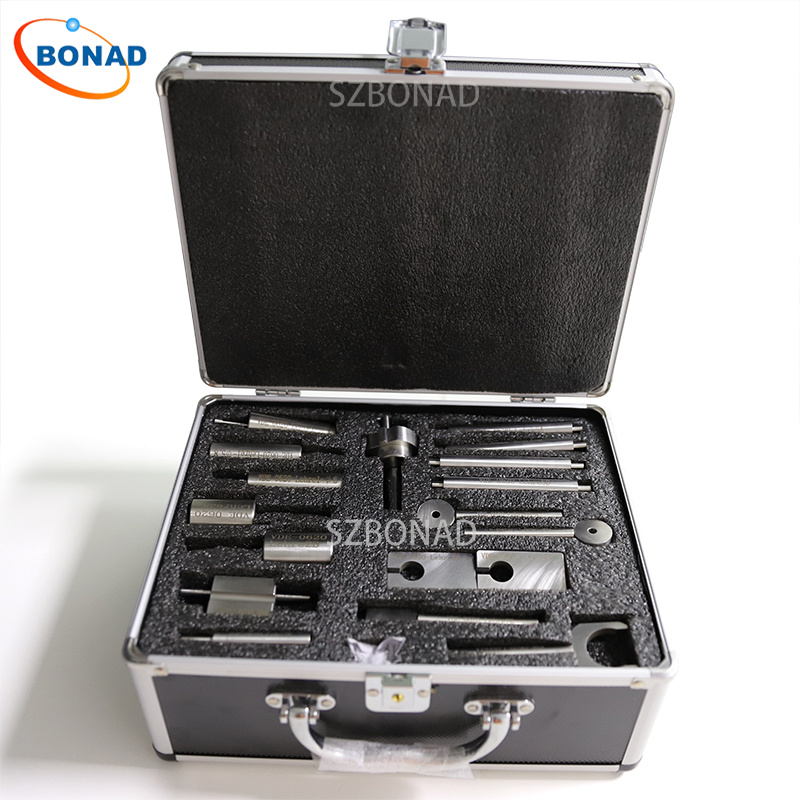What Are IP Ratings?
IP Ratings, also known as Ingress Protection Ratings or International Protection Ratings, are a standardized way of indicating how well an electrical enclosure can resist the intrusion of foreign objects like dust, moisture, liquids, and accidental contact. These ratings are established by the international standard EN 60529 (British BS EN 60529:1992) and European IEC 60509:1989.
Decoding the Two Digits in IP Ratings
An IP Rating starts with the letters “IP” followed by two digits. The higher these digits, the better the protection level against solid particles and water. Occasionally, a digit is replaced with an “X,” signifying that the enclosure hasn’t been rated for that specific criterion. For instance, IPX6 indicates protection against powerful water jets from any direction, while IP6X means complete dust-tight protection.
First Digit – Solids Protection
The first digit in an IP rating signifies the level of protection against solid objects:
- 0: No protection.
- 1: Protection against large surfaces like hands but no deliberate contact.
- 2: Protection against fingers or similar objects.
- 3: Protection against tools and thick wires.
- 4: Protection against most wires and small screws.
- 5: Limited dust ingress; it won’t interfere with operation.
- 6: Completely dust-tight.
Second Digit – Liquids Protection
The second digit indicates protection against moisture:
- 0: No protection.
- 1: Protection against vertically falling water drops.
- 2: Protection when tilted up to 15° from its normal position.
- 3: Protection from water spray up to 60° from vertical.
- 4: Protection from splashing water from any direction.
- 5: Protection from low-pressure water jets.
- 6: Protection from powerful water jets.
- 7: Protection during temporary immersion up to 1 meter depth.
- 8: Suitable for continuous immersion in water under specified conditions.
- 9K: Protected against high-temperature and high-pressure water jets.
Supplementary Information
Sometimes additional letters follow the two digits in an IP rating to provide more specific information. For example:
- W indicates weather conditions like rain or humidity (e.g., IP55W).
- S denotes a device standing still during testing (e.g., IP23S).
- M means the device is in motion during testing (e.g., IP23M).
Outdoor Use and Specific Applications
IP ratings between 44 and 65 are suitable for both indoor and general outdoor use. Lower ratings should be restricted to indoor environments.
For example, all iPhone 16 models have an IP68 rating, indicating they are suitable for continuous immersion in water under specific conditions.
Waterproof vs. Water-resistant
Understanding whether you need waterproof or water-resistant protection is crucial:
- IP65 Rating: Protects against low-pressure water jets and total dust ingress; suitable for many indoor and outdoor applications.
- IP66 Rating: Offers higher protection withstanding high-pressure water jets; ideal for environments where pressurized water is likely.
- IP67 Rating: Ensures protection during temporary immersion up to 1 meter; suitable for outdoor enclosures not exposed to extreme submersion.
- IP68 Rating: Provides enhanced protection for continuous immersion beyond 1 meter; specifications depend on manufacturer agreements.
Highest Level of Protection – IP69K
The highest available rating, IP69K, ensures complete protection against both dust and high-temperature, high-pressure water jets. This rating is often used in rigorous environments like food processing industries.
Test Equipment Suppliers – BONAD
We specialize in the high quality of: electronic safety tester, accessibility test probe and test finger, laboratory test equipment and test Chamber, waterproof test equipment, environmental test Equipment, freezing test package, all kinds of gauge and sensor and so on.
Conclusion
Understanding IP ratings is essential for choosing the right enclosure for your needs. Whether you require basic dust resistance or advanced waterproof capabilities, knowing these ratings helps ensure your devices are adequately protected.


